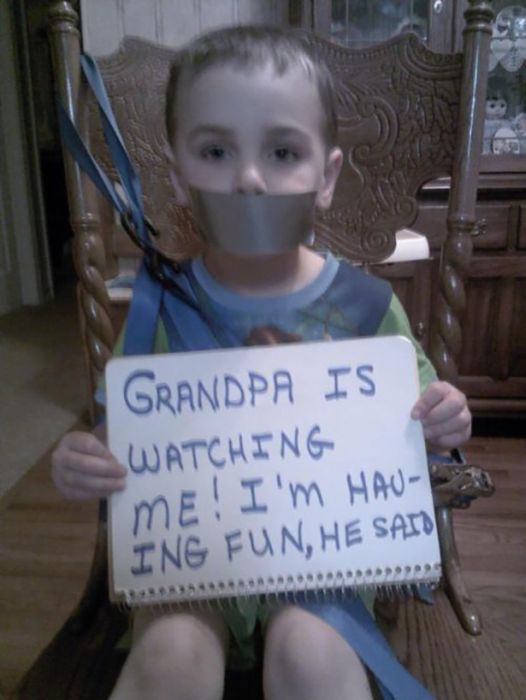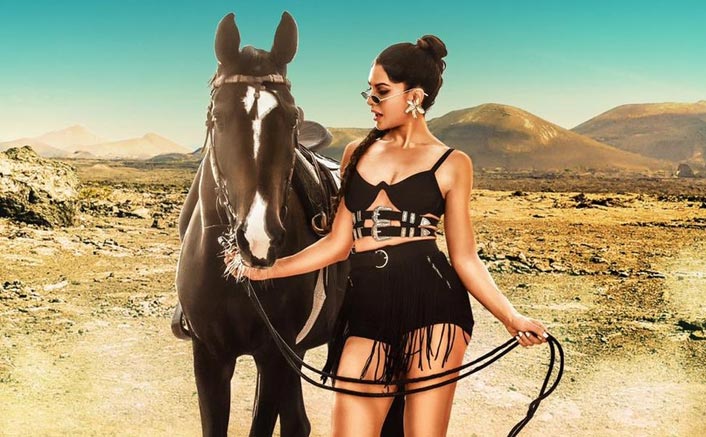


#BAD BOY SONG YEAR MOVIE#
Yes, the 50s would be the era of gray flannel-a metaphor struck by Sloan Wilson’s best-seller of 1955, The Man in the Gray Flannel Suit-but in September of 1951, when the film of Streetcar, with Brando, was released in movie theaters across the country, it also became the decade of the white T-shirt. In 1947, on Broadway, a human A-bomb named Marlon Brando was changing the paradigm with his blazingly unbuttoned and exploratory performance as Stanley Kowalski in A Streetcar Named Desire. The decade’s first stirrings actually began a few years earlier, as is often the case with decades.

Lo the 1950s, a decade that continues to be decried as uptight and lockstep when in truth it saw a blossoming in literature, theater, and art that was majestic. So it was a constant cat-and-mouse game with the tabloids and with those two gatekeepers of industry gossip, the syndicated columnists Louella Parsons and Hedda Hopper.

The franchise would have been lost if viewers had seen Andy Hardy as an under-age Casanova. What his fan club did not know was that adorable Mickey Rooney was energetically bedding MGM’s beauties, not to mention the local working girls. Mickey Rooney, for example, playing Andy Hardy in 16 films, became America’s ultimate good boy, cute as a bug’s ear and a real Energizer Bunny. The studios did their best to ensure that the private lives and peccadilloes of its stars stayed within boundaries-they were smoothed over or covered up. In those early years of Hollywood, however, bad boys appeared only as characters on-screen. And then there was that gleam, which you cannot get in Technicolor, those dangerous gleaming eyes with lashes you can count. Darkness, temptation, light-the black-and-white film of early Hollywood caught it all in deep shadows and gray velvet, compositions of smoke and pearl. And what faces! James Cagney and Humphrey Bogart as bootleggers, the young Clark Gable as a meanie in black leather (more than once he played dubious characters called “Blackie”), Paul Muni and George Raft as mobsters.
#BAD BOY SONG YEAR SERIAL#
Suddenly, in the 1930s, the libertine, gangster, outlaw, scofflaw, public enemy, serial seducer, bank robber, and sexy barn burner had faces. Let’s just say there would be very little art without our attractive little devils, and centuries of stories would be boring.Īmerica has always loved its bad boys, but it wasn’t until the movies that we got to revel in them as one nation. More recently, in real life, fabled Hollywood ladykillers like Jack Nicholson and Warren Beatty come to mind, along with hot tempers Steve McQueen and Sean Connery, and men for whom the word “moderation” is moot-though this is often a consequence of youth, as with Johnny Depp, Sean Penn, and Colin Farrell. Robert Lovelace in Clarissa, the Vicomte de Valmont in Les Liaisons Dangereuses, Don Juan in print and in opera, the Willoughbys and Wickhams, wily and wicked, of Jane Austen. This fallen angel, a primal archetype, is undying: whenever men misbehave we think of him. “Better to reign in Hell,” he taunts, “than serve in Heav’n.” Charisma incarnate, he gets all the good lines and almost all the girls. As portrayed in John Milton’s Paradise Lost, he was the most beautiful of the angels before he rebelled. The baddest of the bad boys, the guy who goes all the way back to before the beginning, has been called many things: the Prince of Darkness, the Tempter, the Bringer of Light.


 0 kommentar(er)
0 kommentar(er)
